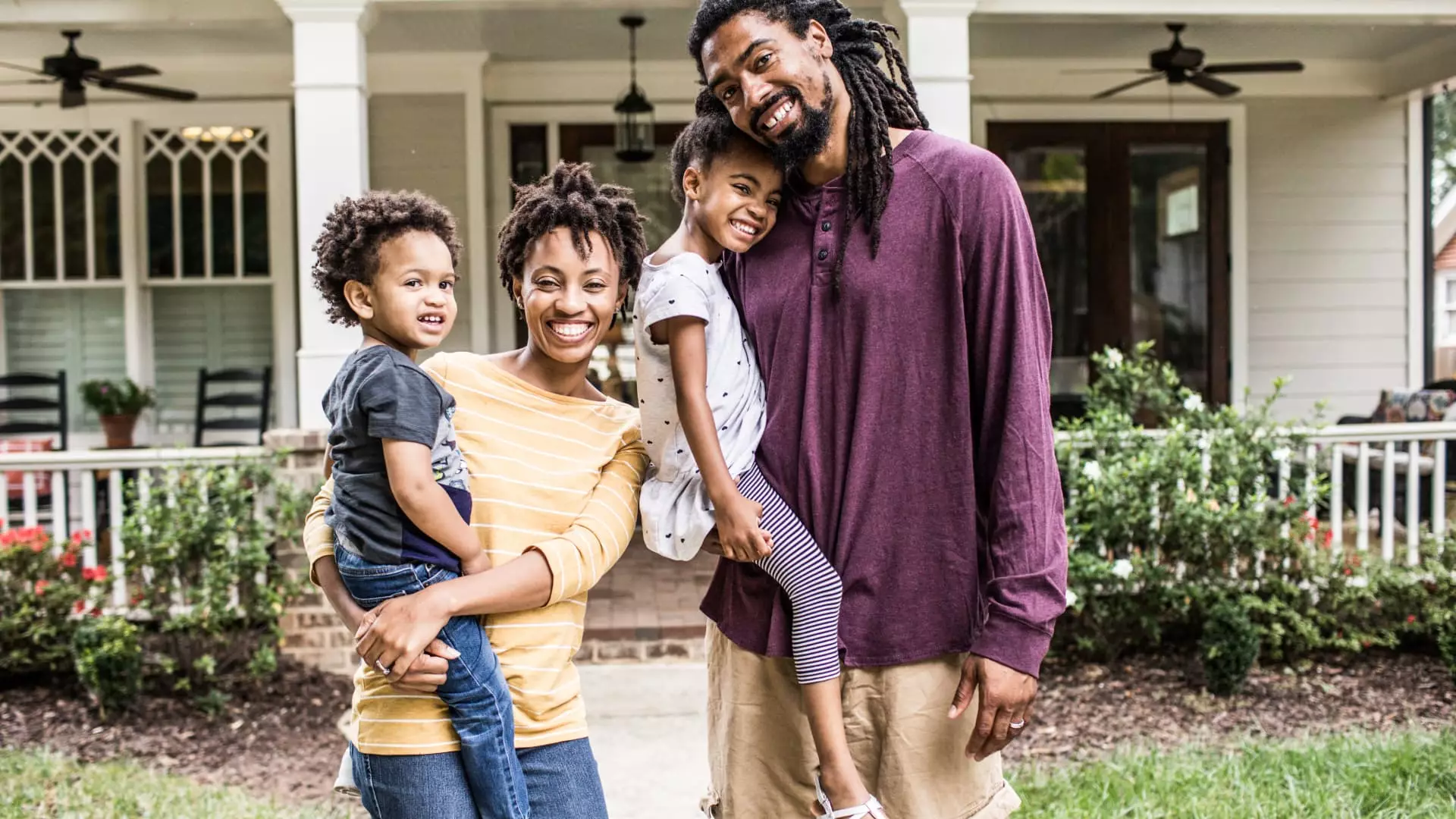Homeownership has long been revered as a cornerstone of the American Dream, symbolizing prosperity, stability, and a secure future. Yet, for many aspiring homeowners today, particularly among younger generations and first-time buyers, this dream increasingly feels out of reach. Factors such as skyrocketing real estate prices, stagnant wages, and stringent mortgage terms create a formidable barrier to entry into the housing market. The implications of this shift are profound, not just for individuals but for society at large. Therefore, a transformative solution is needed, one that promotes accessibility and financial knowledge within the homebuying process.
The traditional 30-year mortgage has dominated the American housing landscape for decades, achieving a delicate balance between manageable monthly payments and practical repayment timelines. However, in a climate where housing costs are soaring — especially in urban centers — even the 30-year option can strain household finances to their breaking point. This necessitates a rethinking of conventional mortgage structures. A 40-year mortgage bridge could serve as a viable solution, enabling homeowners to benefit from lower monthly payments by extending their repayment window. This could also protect buyers from fluctuating market rates, offering a lifeline for those previously sidelined by economic challenges.
Contrary to common concerns that lengthening the mortgage term leads to an exponential increase in total interest paid, the immediate benefits of affordability and financial accessibility have broader implications. Many families find themselves stuck in the cycle of renting, accumulating no equity, and remaining exposed to rapidly increasing rental costs. A 40-year mortgage could allow families to start building equity sooner rather than later, mapping a clearer path toward long-term financial security and stability — essential components of what many still consider the American Dream.
To implement this innovative approach, the Federal Home Loan Bank (FHLB) system could provide a solid foundation. FHLB, a government-sponsored enterprise, effectively channels liquidity to participating financial institutions, establishing an unparalleled network and infrastructure primed for this new mortgage plan. By harnessing this existing framework, a 40-year mortgage initiative could be efficiently propagated across the country, enhancing the stability of the housing market while catering to varying community needs, whether in metropolitan hubs or rural areas.
Further enhancing this proposal, federal subsidies for first-time homebuyers who complete financial literacy training could prove to be a game-changing strategy. By capping mortgage rates between 3.5% and 4.5% for qualified applicants — with regionally adjusted subsidy limits — we create an attractive incentive for prospective buyers to gain crucial financial skills. Equipped with better insights into managing finances and avoiding predatory lending practices, these homeowners are positioned not only for success but also for responsible financial behavior.
The advantages of spreading homeownership extend far beyond individual homeowners. When families have access to affordable housing, the energetic ripples can invigorate the entire economy. New homeowners naturally gravitate towards investing in household goods, renovations, and services, thereby stimulating job creation. Moreover, a stable homeowner often becomes deeply invested in their community, resulting in safer, more vibrant neighborhoods. As homeownership rates increase, they foster higher average credit scores, ultimately contributing to lowered crime rates and enhanced familial stability.
Additionally, expanding ownership access could help address the troubling wealth gap that has plagued America for generations. Owning property is frequently cited as one of the most robust means for families to cultivate wealth, passing it down through generations. This initiative could particularly uplift historically marginalized groups who have been disproportionately impacted by socio-economic disenfranchisement, thus playing an integral role in promoting social equity in wealth distribution.
The prospect of introducing a 40-year mortgage plan, supported by the FHLB system and fortified through federal subsidies tied to financial education, presents an unprecedented opportunity to reshape the landscape of homeownership in America. The potential consequences encompass not merely wider access to homeownership but a systemic reinforcement of economic stability and community development. By aligning our approach with the changing realities of modern America—such as rising life expectancies—we are not just improving the dream of homeownership; we are safeguarding the actual economic structure of our society.
This proposal seeks to carve out a sustainable future, ensuring the American Dream of homeownership is within reach for all citizens, thereby driving collective prosperity. Rethinking our strategies in light of current challenges can help create a more resilient economy—one where financial literacy transforms into a new civil rights frontier, empowering future generations with the skills they need to thrive. Seizing this moment is essential: the path to a more inclusive, equitable America is illuminated through homeownership’s doorway.

